What's the Difference Between Absolutes and Essential Oils?

If you’ve ever browsed aromatherapy products and wondered about the difference between absolute oils and essential oils, you’re not alone. At Edens Garden, we offer a wide range of 100% pure and natural oils, each extracted using different methods—two of the most popular being steam distillation and solvent extraction.
In this comprehensive guide, our certified aromatherapist breaks down:
- What makes absolute oils different from essential oils
- How each oil is extracted
- Why some plants can only produce absolutes
- The unique benefits of absolutes like Rose, Jasmine, Osmanthus, and Tobacco
Whether you’re a seasoned aromatherapist or new to essential oils, this article will help you choose the right oils for skincare, perfumery, stress relief, and more.
What Are Essential Oils and Absolute Oils?
Essential oils are typically obtained via steam distillation or cold pressing, while absolute oils are extracted using solvents. Each method produces oils with different chemical properties, therapeutic benefits, and aromatic profiles.
At Edens Garden, we source oils produced using four extraction methods:
- Steam Distillation
- Solvent Extraction
- CO2 Extraction
- Cold Pressing
Let’s explore each method in detail.
Steam Distillation
The most common method for producing essential oils involves steam distillation. Stills can vary in shape, size, material, etc., however, they all share a similar distillation mechanism.
In steam distillation, plant material is placed in a still. Water is added, then heat is applied to the unit. As water heats, plants release their essential oil. The oil rises with steam droplets that are sucked into a pipe. The oil and water (hydrosol) are then separated.
Steam Distilled Essential Oils Are:
-
Highly concentrated
-
Volatile and lightweight
-
Ideal for diffusers, massage, and topical blends
-
Examples: Lavender, Peppermint, Eucalyptus
Solvent Extraction
Solvent extraction uses a gentle solvent to draw aromatic compounds from delicate plant materials, like flower petals, that don’t fare well under high heat. This process produces absolute oils, which are thicker and more aromatic than essential oils.
Why Use Absolutes?
- Captures heavier, non-volatile molecules
- Retains a more true-to-nature aroma
- Ideal for perfumery, emotional support, and skincare
Popular Absolute Oils at Edens Garden:
- Rose Absolute
- Jasmine Absolute
- Osmanthus Absolute
- Tobacco Absolute (100% pure, nicotine-free)
CO2 Extraction
In CO2 extraction, carbon dioxide is compressed into a supercritical state to act like a solvent. In its supercritical state, CO2 has the same density as liquid. Once the extraction is complete, the CO2 returns to its gaseous state and simply evaporates, leaving a clean and pure oil behind.
Benefits of CO2 Extracted Oils:
- Solvent-free
- Captures more diverse compounds than steam-distilled oils
- Preserves the natural aroma
Popular CO2 Oils at Edens Garden:
- German Chamomile CO2
- Coconut CO2
- Frankincense CO2
- Ginger CO2
Cold Pressing
This mechanical process is used mainly for citrus oils like Orange, Lemon, and Bergamot. Citrus can be difficult to steam distill because they produce non-volatile particles (like natural waxes), which can clog the still in steam distillation. Cold pressing preserves the bright, zesty aroma but also retains some phototoxic compounds like furanocoumarins.
A cold press works by pricking the citrus rinds, causing the essential oil to be released. Some fruit juice is also released in the process. The oil and juice then drip down into a container and are separated in a centrifuge.
Essential Oils vs. Absolute Oils: What’s the Difference?
Let's quickly compare essential oils and absolutes.
Essential Oils
- Extracted via steam distillation or cold pressing
- Light and volatile
- May lack heavier plant compounds
- Great for therapeutic and household use
Absolute Oils
- Extracted via solvent extraction
- Richer, thicker, and more complex
- Closer to the natural aroma of the plant
- Best for perfumery, skincare, and mood support
- Longer lasting aroma
Rose Essential Oil (Rose Otto) vs. Rose Absolute
We offer both Rose absolute oil and Rose essential oil, also known as Rose Otto. Comparing the two side-by-side, the first thing you might notice is their difference in aroma. Rose Otto is much greener and earthier than Rose absolute. On the other hand, Rose absolute has a true-to-rose aroma–very floral, sweet, and soft.
This is primarily due to the chemistry of the oils. Rose absolute is rich in naturally occurring phenylethyl alcohol (PEA) which is a heavier molecule that gives roses their lovely aroma. On the other hand, Rose Otto is high in citronellol and geraniol.
Best Uses for Rose Otto:
- Anti-aging skincare
- Dark circle reduction
- Skin inflammation relief
Best Uses for Rose Absolute:
- Perfumery
- Emotional balance
- Stress & anxiety relief
Jasmine Absolute
Unlike Rose, Jasmine does not produce an essential oil through steam distillation. All Jasmine oils are absolutes or CO2s.[1]
- Aroma: Intense floral, sweet, exotic
- Key Constituents: Benzyl alcohol, linalool, alpha-farnesene
Jasmine Absolute Benefits:
- Skin nourishment
- Reduces the appearance of fine lines
- Aphrodisiac
- Anti-inflammatory
Osmanthus Absolute
While Osmanthus essential oil exists, it is not commercially viable. Osmanthus absolute offers a fruity, floral aroma with notes of black pepper.
Osmanthus Absolute Is Ideal For:
- High-end skincare such as serums, moisturizers, cleansers
- Natural perfumes and room sprays
- Aromatherapy for emotional wellness[2]
Tobacco Absolute
Steam-distilled Tobacco essential oil exists, but we prefer the absolute for its richer, more nuanced aroma.[3]
Tobacco Absolute Uses:
- Natural perfumes and colognes
- Enhancing confidence
- Reducing cravings
- Insect repellent
Our 100% pure, nicotine-free Tobacco absolute oil is natural, soothing and unadulterated, the way nature intended Tobacco.[4]
Which Oil Type Is Right for You?
Choosing between essential oils and absolutes depends on your intended use:
- For emotional wellness, perfumery, or aromatic depth, reach for absolutes.
- For therapeutic, topical, or daily diffuser use, essential oils may be better suited.
SOURCES:
- International Federation of Essential Oils and Aroma Trades. “Jasmine: An Overview of Its Essential Oils Sources.” Perfumer & Flavorist, 28 Jan. 2019, www.perfumerflavorist.com/fragrance/rawmaterials/natural/Jasmine-An-Overview-of-its-Essential-Oils--Sources-504866941.html.
- Hu, Chun-Di. “Determination of Essential Oil Composition from Osmanthus Fragrans Tea by GC-MS Combined with a Chemometric Resolution Method.” MDPI, 11 Feb. 2010, www.mdpi.com/1420-3049/15/5/3683/htm.
- Shroff, Ankita. “What Is the Standard Extraction Process of Tobacco Essential Oil from Dried Tobacco Leaves?” ResearchGate, 30 May 2018, www.researchgate.net/post/What-is-the-standard-extraction-process-of-tobacco-essential-oil-from-dried-tobacco-leaves.
- Zhang, Xianzhong. “Extraction of Essential Oil from Discarded Tobacco Leaves by Solvent Extraction and Steam Distillation, and Identification of Its Chemical Composition.” ScienceDirect, 1 Sept. 2012, www.sciencedirect.com/science/article/abs/pii/S0926669012001082.
Grab The Essentials Here:
Leave a comment (Comments will be approved before showing up)
6 comments
Lloyd
I got Tobacco absolutely can I put this in my diffuser? also in my aromaride car diffuser.And also Reed essential oil diffiser?
Tynell Payne
I on a serious search for some specific oils and an absolute. Please help. Tuberose that actually smells like and has the effects of tuberose, quiet incense, Egyptian absolute, creamy sandalwood
Edens Garden
Hi Lana! Thank you for your feedback. We don’t have a printable download at this time but you can print the webpage 😊
Lana
I found this article very informative. I wish it was printable.
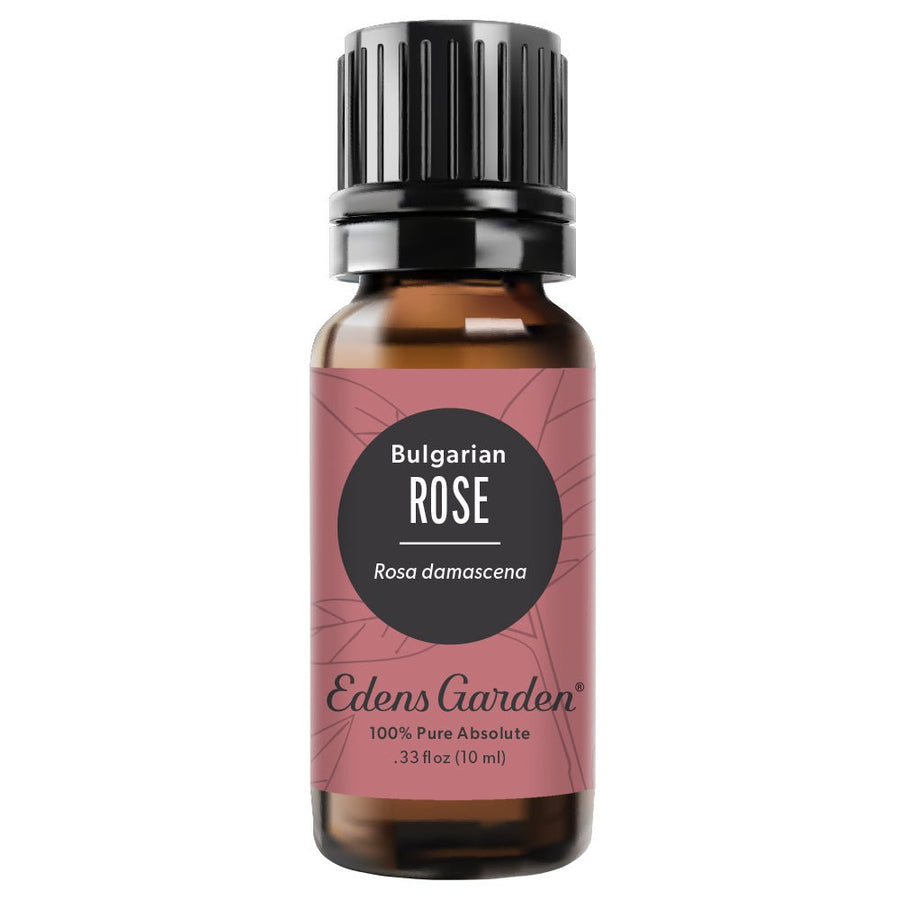
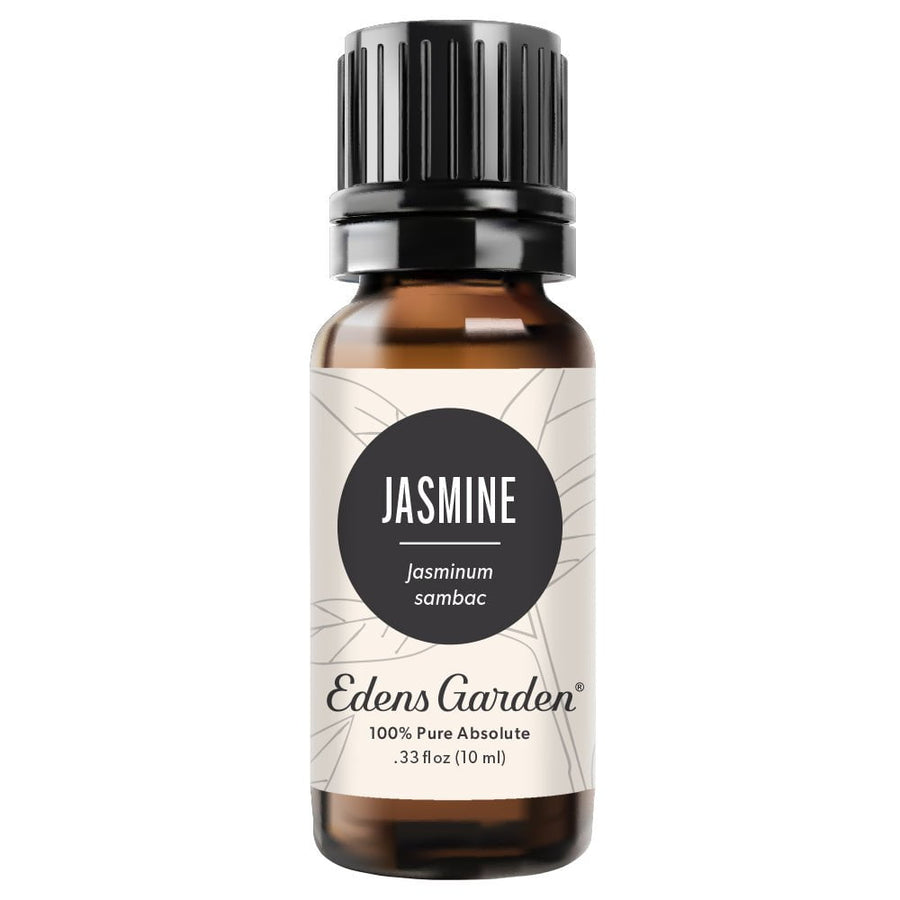


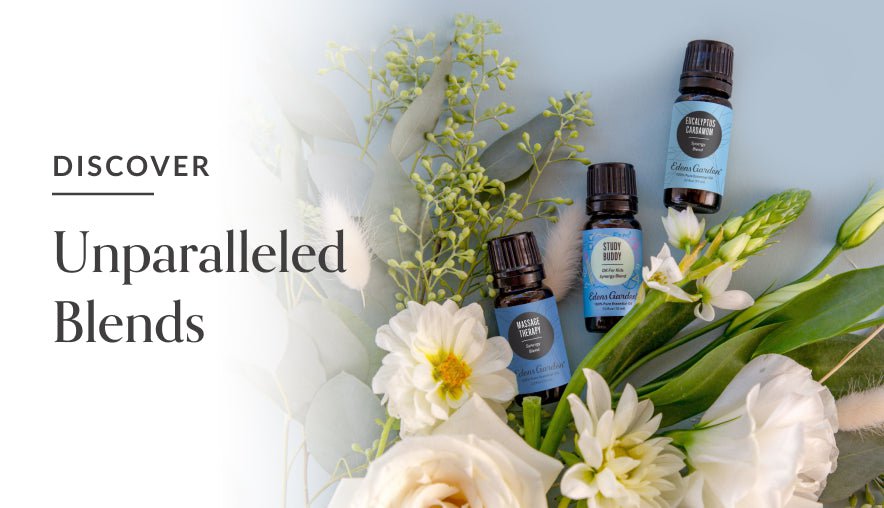
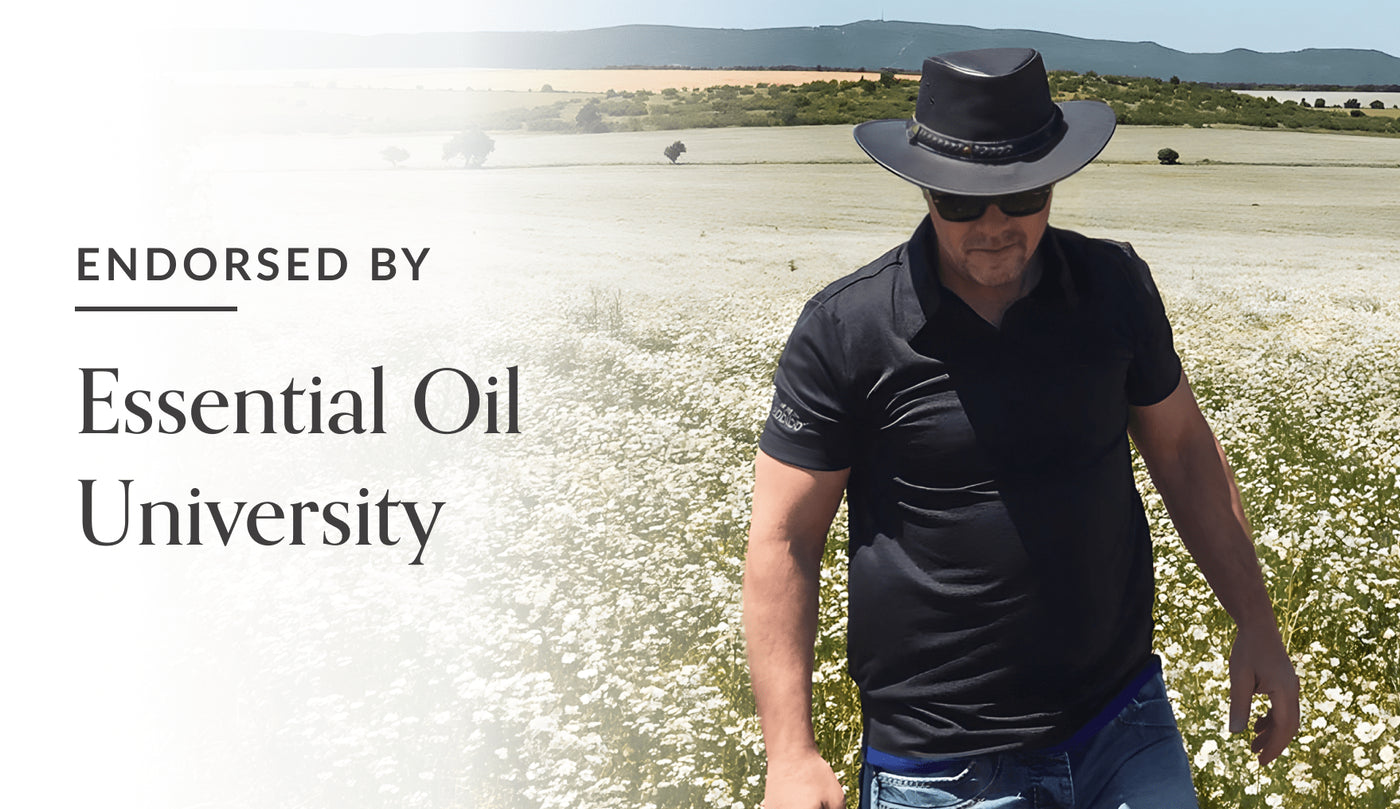
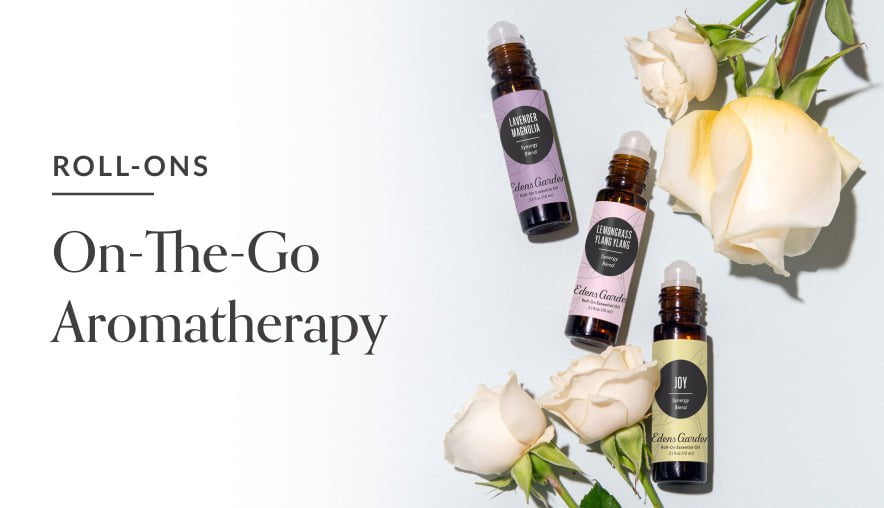
Edens Garden
April 1, 2024 at 11:33 am
Hi Lloyd, Tobacco Absolute may be used in your Reed Diffuser and Car Diffuser. However, we recommend mixing with a thinner oil when using in your ultrasonic diffuser. Since this is a thicker oil, it does have the potential to be clogging if used alone. By mixing it with a thinner carrier oil, you can experience the wonderful aroma of Tobacco Absolute while ensuring the smooth operation of your diffuser. Trying mixing with a thinner oil such as Cedarwood, Vanilla or Lavender.